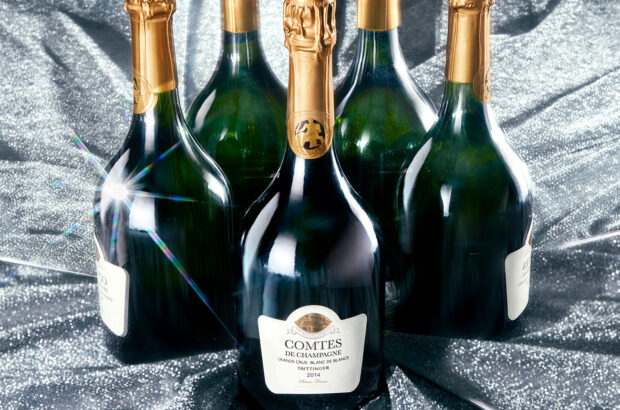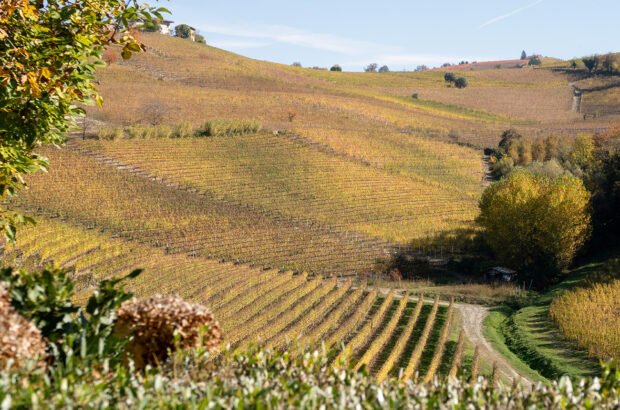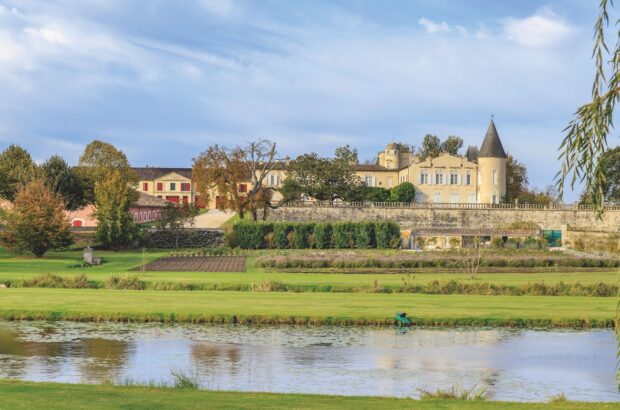Since 1999, when I started to craft wine tours, I’ve been able to observe the huge development of wine tourism in my country. I still remember, aged 26, conducting daily tours in my old Alfa Romeo, roaming around Tuscany accompanied by families following me in their own cars. No Google Maps, few signs directing you to wineries – it was quite the adventure!
Little by little, the wine sector started to recognise the potential in tourism and Italy’s wine consortia began to market their regions as wine travel destinations. Today, the wine tourism sector, which annually attracts 15 million visitors and turns over €2.9 billion (Nomisma-Wine Monitor, Wine Tourism in Italy 2024 survey), has been growing steadily for years, with no signs of slowing. To my mind, this development cannot solely be attributed to the fame and positioning of Italy’s wines globally; rather, it stems from the close connection between the wineries and the territory. Wine estates have been the protagonists of this success and, over the last 25 years, have evolved from simple production sites into coveted havens for wine lovers, connoisseurs and professionals from all over the world.
Today, hospitality at the wineries is no longer a sideline, but is becoming a primary activity that contributes significantly to business profitability, requiring dedicated organisation.
In my travels, from the Alps in the north to Sicily in the far southwest, I can now find a wide range of offerings, ranging from simple barrel tastings at the counter to luxury vineyard picnics, or access to old vintages with the vignaiolo (owner/grower). From authentic meals in the home of the owners to Michelin-star chefs’ events in a maturation cellar, I believe that these authentic experiences allow visitors to fully immerse themselves in the Italian way of life, going beyond just wine tasting. While some properties have invested in winery hospitality for day-trippers, there is a growing trend of deluxe agritourism, charming rural hotels and luxury wine resorts for ‘wine globetrotters’ who wish to sleep surrounded by vineyards.
If in the past true wine fans arrived in Italy predominantly to wander through the vineyards of the so-called ‘ABC’ territories of Amarone, Barolo, Barbaresco, Brunello di Montalcino, Bolgheri and Chianti Classico, nowadays there are even more wine regions to conquer. Today, there is a strong desire to discover all of Italy’s diverse wine landscapes. Enthusiasts are now eager to explore the more off-the-beaten-path areas, smaller family-owned wineries and even the diverse array of native Italian varieties. That’s why Mount Etna in Sicily, Taurasi in Campania, Manduria in Puglia, Montefalco in Umbria, Collio in Friuli and lake Caldaro in Alto Adige are among a multitude of locations experiencing a rise in popularity.
Back in the present, the digital realm has brought a wave of innovation to wine tourism. Wineries are, for example, integrating their websites with booking engines to manage visits, or utilising customer relationship management (CRM) systems to analyse the interests and behaviours of wine lovers. Oenophiles can buy a wide array of wine experiences via online platforms, where it’s possible to book hospitality packages well in advance. Wine tours are also increasingly attracting those who are willing to pay for a personal experience. Such bespoke trips are meticulously tailored by specialist tour operators and wine travel experts, and clients may include private collectors, groups of wine professionals and wine clubs.
With these perspectives, we can see how Italy has evolved to become a leader in wine-related travel – and it has all the ingredients to continue its wonderful success story.
In my glass this month
Col d’Orcia, Brunello di Montalcino (2019, £70 Alivini) is a magnificent example of pure Sangiovese, aged for four years in large oak casks, followed by at least 12 months of refinement in bottle. Bright ruby in colour, it has an intriguing nose of red cherry and blueberry with spicy, earthy overtones. Juicy and harmonious, it reveals velvety tannins with a vibrant and delicate finish. A great wine.













